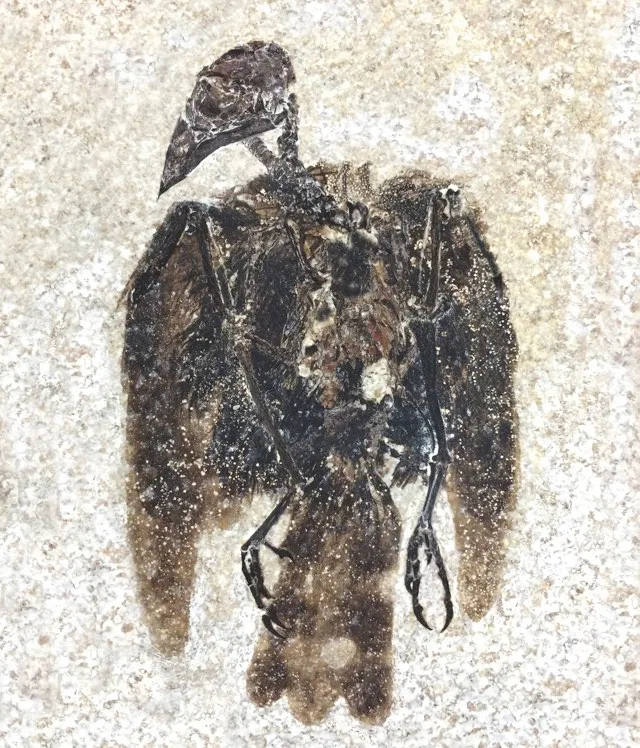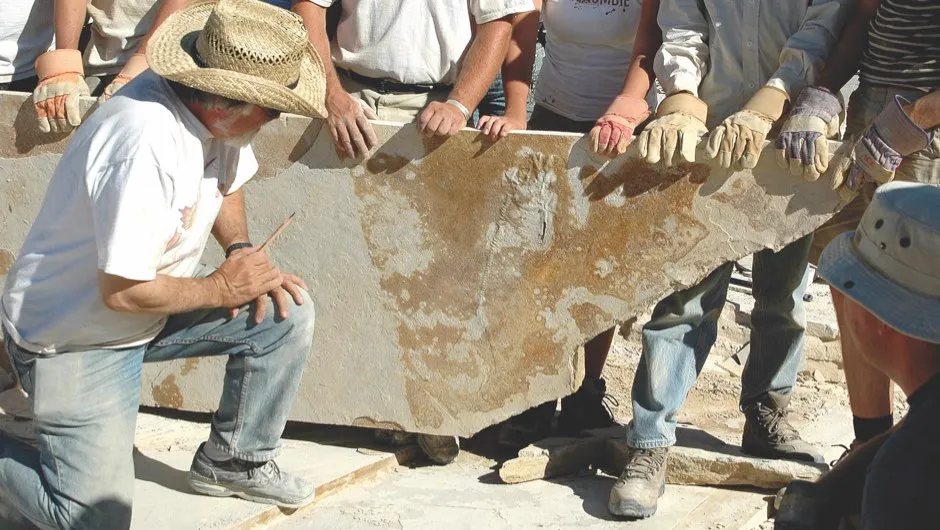The fossilised remains of what could be the earliest example of a passerine bird have been unearthed in Wyoming, USA, according to a paper published in Current Biology. The remains are believed to date back to the early Eocene, 52 million years ago.
Passerine birds are those that have feet adapted for perching and account for approximately 6,500 of the 10,000 bird species alive today. But scientists are unsure of their origins.
Read more:
- How we discovered the world's oldest fossils
- Dinosaur fossil could be the world’s first-ever bird species
“It’s fascinating because passerines today make up most of all bird species, but they were extremely rare back then,” said Dr Lance Grande, an author of the paper. “This particular piece is exquisite; it’s a complete skeleton with the feathers still attached, which is extremely rare in the fossil record of birds.”
Eofringillirostrum boudreauxi, as the bird has been dubbed, is the earliest example of a bird with a finch-like beak.
“These bills are particularly well-suited for consuming small, hard seeds,” said Dr Daniel Ksepka, the paper’s lead author. “The earliest birds probably ate insects and fish, some may have been eating small lizards,” he added. “Until this discovery, we did not know much about the ecology of early passerines. E. boudreauxi gives us an important look at this.”
The paper also describes a second passerine fossil, christened E. parvulum, from 47 million years ago. E. parvulum was found in Germany and is shedding further light on the origins of passerines.
“We were able to show that a comparable diversity of bill types already developed in the Eocene in very early ancestors of passerines,” said co-author Dr Gerald Mayr of the Senckenberg Research Institute in Frankfurt.
“[Also] the great distance between the two fossil sites implies that these birds were widespread during the Eocene, while the scarcity of known fossils suggests a rather low number of individuals.”



Follow Science Focus onTwitter,Facebook, Instagramand Flipboard
